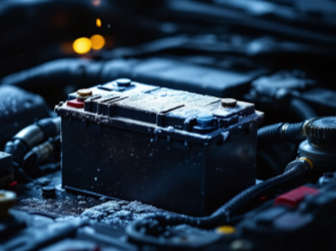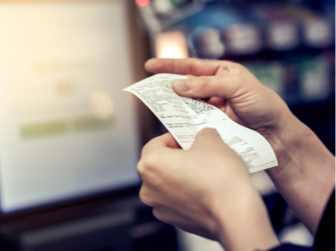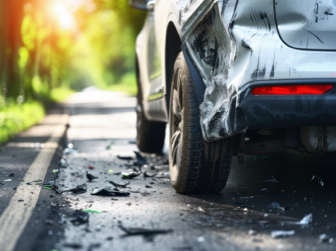A car’s engine can overheat for several reasons, but it’s usually due to an error in the car’s cooling system. Ignoring an overheating car could have potentially severe and expensive consequences. If you notice your car overheating, our step-by-step guide will help prevent long-term damage.
When a car’s engine temperature rises beyond the normal range, it means there’s a problem with the cooling system. The engine relies on optimal operating temperature and continuous overheating could cause the engine to warp, crack, or be damaged beyond repair.
Beyond the immediate engine concerns, overheating can also impact other essential systems, like the transmission. Neglecting an overheating car also poses safety risks, because it can lead to breakdowns, leaving drivers and passengers stranded.
There are three important signs that your engine is overheating:
1) The dashboard engine temperature warning light is on
2) There is smoke coming from the engine
3) There is a strange burning smell coming from the engine
What to do if your car is overheating
If your car starts to overheat while you’re driving, pull over as soon as it’s safe to do so. If you continue to drive with an overheating engine, you could do permanent and/or costly damage to the vehicle.
As soon as you notice the car is overheating, take the following steps:

Don't ignore the signs that your engine is overheating. Turn off your engine as soon as possible. It may take up to 15 minutes for the car to return to its normal operating temperature. In the meantime, please don't try to open the hood. Experts say the coolant burns at 230 degrees at the overheating point, so don't risk hurting yourself. If you have access to Roadside Assistance, it is a good idea to contact your service provider now.
(Tip: All Service Plans, Maintenance Plans and Extended Warranties through MotorHappy come with Roadside Assistance.)

Switch on the heater. This might seem counterintuitive, but it cools down your car engine. The heater will pull the warmth away from the engine and into the car. If this works, the temperature warning light on your dashboard will turn off and you can try to drive the car again. Ideally, head straight to a professional so they can inspect the vehicle.

Some problems with radiators are not technical and can be easily identified. Make sure your automobile engine cooled down completely and check for any coolant leaks in the hoses and radiator of your car.

Once you have completed your inspection (and have not found any leaks), move on to filling the coolant. Top off the coolant to the maximum level to prevent further problems. However, if a coolant line is clogged or the root of your problem is a damaged radiator fan or leaky water pump, this step will be ineffective. Important: Only open the hood of the car once the engine has cooled down – this could take at least 15 minutes.

Even if you’ve added coolant and the car is running smoothly, take your car to a reputable workshop for a thorough inspection to avoid an expensive engine repair. Keep an eye on the temperature gauge as you drive. If the temperature begins to creep up again, pull over and wait for the engine to cool again.
An Extended Warranty through MotorHappy covers major mechanical components for most car brands, including the vehicle’s cooling system. Click here to get a quick and easy online quote.
How to keep your high-mileage car running smoothly
Meet SA’s Car of the Year: The BMW 7 Series


